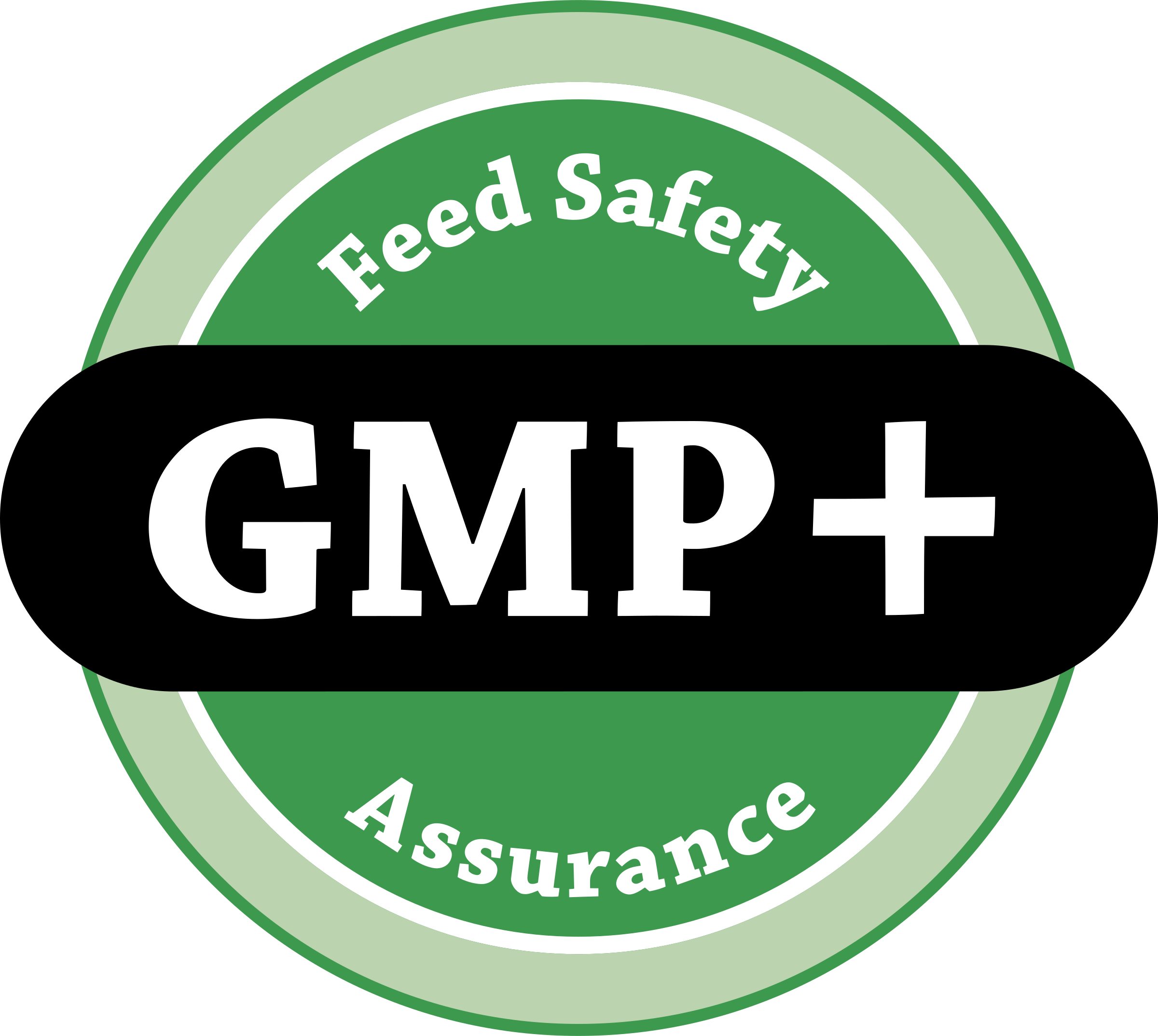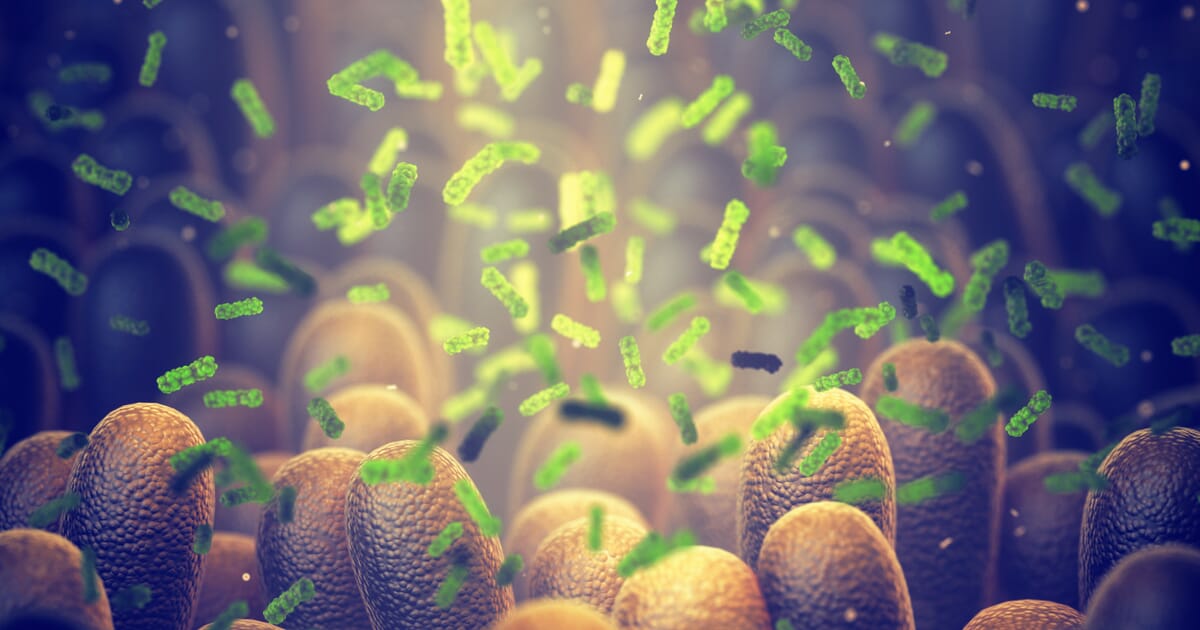 Gut health is crucial for the performance, health and welfare of poultry. It is important to maximize our profits and minimize loses. It is important for:
Gut health is crucial for the performance, health and welfare of poultry. It is important to maximize our profits and minimize loses. It is important for:
- Utilization of the feed efficiently and at optimum level
- Exploiting the genetic worth of livestock so that to have maximum production in the form of produce
- Achieving the optimal Feed Conversion Ratio (FCR)
- Ensuring quality produce in the form of meat, milk and eggs
- Eliminating digestive problems and gut disturbances
- General health and welfare of the livestock
- Avoiding the spread of pathogenic microorganisms present in feces to other animal/birds in the same or following batch or flock
Growth promoters are substances that are added to feeds as supplement or injection to improve feed utilization and growth of farm animals. All non-nutrient feed additives such as antibiotics and exogenous enzymes that improve animal growth are described under growth promoters.
Use of Antibiotics as a growth promoter has been done for decades. However, the use of most antibiotic growth promoters has been banned in many countries because of public concerns about their residues in animal products and the development of antibiotic-resistant bacteria.
Due to this sudden outcry for discontinuation of antibiotics, it become necessary to develop alternatives using either beneficial microorganisms (probiotics) or nondigestible ingredients (prebiotics), organic acids and phytobiotics that enhance microbial growth and improves feed efficiency, feed conversion ratio and production performance.
A holistic approach to gut health looks at the whole picture, not just focusing on enteric diseases, but working on all contributing factors and considering the complex interactions between different parts: Feed, microbiota and host immunity
Most popular Feed additives to promote gut health in livestock
1.Probiotics 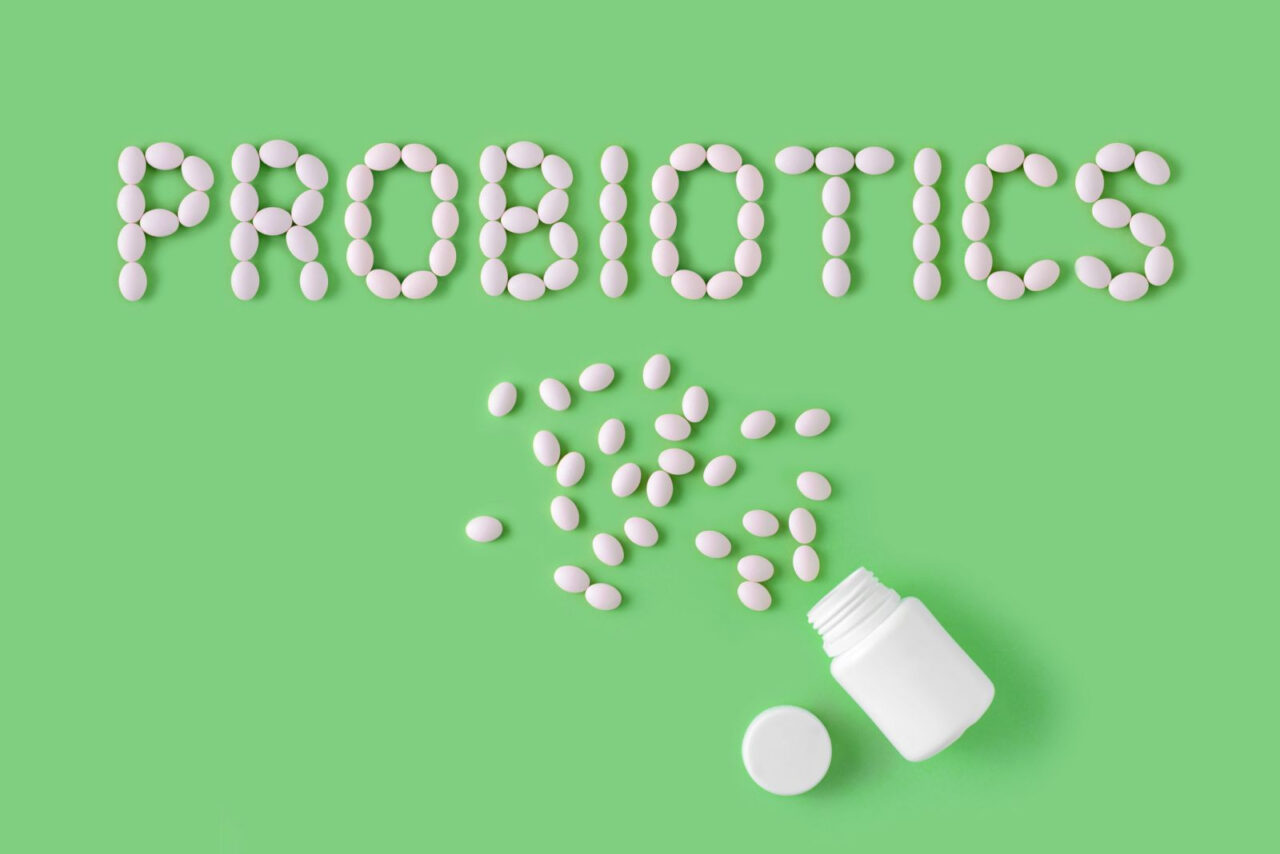
These are live microbial feed supplements that beneficially affect the host by improving its intestinal microbial balance. These are most effective in birds during microflora development or when microflora stability is impaired. Benefit of probiotics with respect to health status and performance is expected to be highest in chicks as they have not yet developed a stable gut microflora. Competitive adhesion of probiotic microorganisms to epithelial receptors prevents the attachment of pathogenic bacteria. Besides this, they increase the synthesis of lactic acid to maintain intestinal pH, increases production of specific antibacterial substances, reduces production of toxic amines and decrease ammonia level in the gastro-intestinal tract.
2. Prebiotics 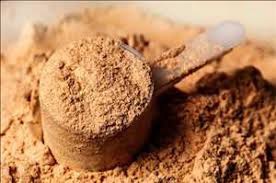
Non-digestible oligosaccharides which are fed in order to control or manipulate microbial composition and activity, thereby assisting to maintain a beneficial microflora. Prebiotics include a diversity of non-starch polysaccharides (NSP) or oligosaccharides including mannan-oligosaccharide (MOS), fructans (FOS and inulin), oligofructose etc.
Dietary inclusion levels of potential prebiotics are usually 0.1 to 0.5 per cent. They give resistance to gastric acidity, helps hydrolysis by digestive enzymes and enhances gastrointestinal absorption, fermentation by intestinal microflora and selective stimulation of the growth and/or activity of those intestinal bacteria that contribute to health and well-being.
3. Synbiotics 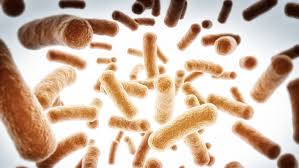
Synbiotics are the combination of prebiotics and probiotics. Although use of probiotic formulations may well help in achieving these benefits, it is also possible to increase and maintain a healthy bacterial gut flora by increasing the amounts of prebiotics in the diet such as inulin (naturally occurring oligosaccharides), raw oats, and unrefined wheat. As probiotics are mainly active in the small intestine and prebiotics are only effective in the large intestine, the combination of the two gives a synergistic effect. Appropriate combinations of pre- and probiotics are termed as synbiotics.
4. Herbs and spices 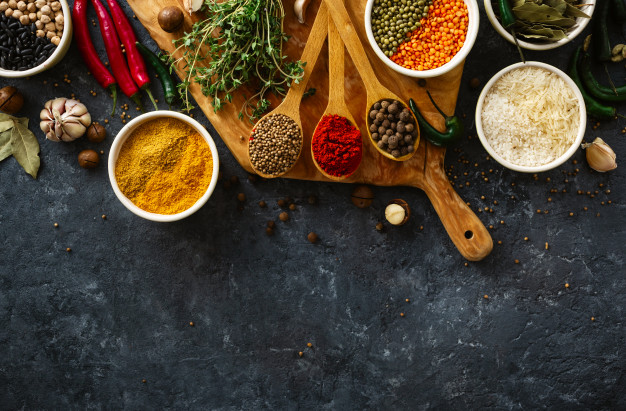
Herbs, spices and their extracts play crucial role in sustainable livestock and poultry production, because they’re cost effective – cost being a major limitation in the use of synthetic drugs, easily available, no problem of residual effects and they avoid the risk of developing antibiotic resistance.
The beneficial effects of herbs and spices in production are they improves ability of bird and animal to digest feed, hence maintains gut health. Addition of herbs to feed has an effect on digestive enzymes which results in an overall improvement in performance parameters such as weight gain and feed conversion. Better utilisation of feed means less excretion, and this helps reduce environmental pressure, with the added benefit that these are natural ingredients. The improved parameters of meat yield are induced by the stimulating effect of bioactive compounds on protein and fat metabolism.
They also offer several health-promoting properties that include antimicrobial, anti-parasitic, anti-oxidant and immunomodulatory properties. Overall, herbs and spices offer sustainable therapeutic and performance aids to livestock health and production.
5. Butyrate

Butyrate is important as food for cells lining the colon (colonocytes). In absence of butyrate colon cells undergo autophagy and die, as it helps in increasing energy production and cell proliferation. Short Chain Fatty Acids, which include butyrate are produced by beneficial colonic bacteria (probiotics) that feed on or ferment prebiotics, which are plant products that contain adequate amounts of dietary fibre.
It induces the production of host defence peptides when present in the bloodstream or the proximal parts of the intestinal tract and these peptides stimulate the development and repair of the intestinal tract through an increase in cell proliferation. Butyrate also stimulates the immune system in birds and animals.
Birds fed with butyrate showed more ability to withstand the stress of coccidial challenge at 21 days of age. It was also noticed that pigs challenged with Escherichia coli Lipopolysaccharide (LPS), sodium butyrate increased the magnitude of the cortisol response and increased skeletal muscle IL-6 mRNA expression, indicating inflammatory properties of the same.
6. Essential oils
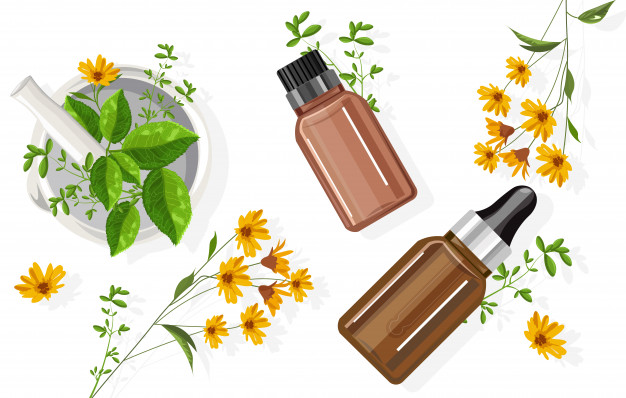
Shows a potential for the replacement of antibiotic growth promoters due to presence of various active ingredients like thymol, carvacrol, eugenol and apparently no side effects. Due to their antibacterial activity, they might be able to modify the composition of intestinal microflora and to exert beneficial effects on performance of broilers and layers.
It also increases digestive enzyme production. Essential oil showed an overall modification of the microflora, a reduction of Clostridium perfringens, a decrease in E. coli numbers in intestine of birds.
Cinnamaldehyde has shown to inhibit the growth of Clostridium perfringens and Bacteroides fragilis. Carvacrol and thymol can sensitize the cell walls (including membranes) and cause significant membrane damages, leading to integrity collapse of the bacterial cytoplasmic membrane, leakage of vital intracellular contents and eventually death of the bacterial cells and these has very less effect on useful microbiota.

